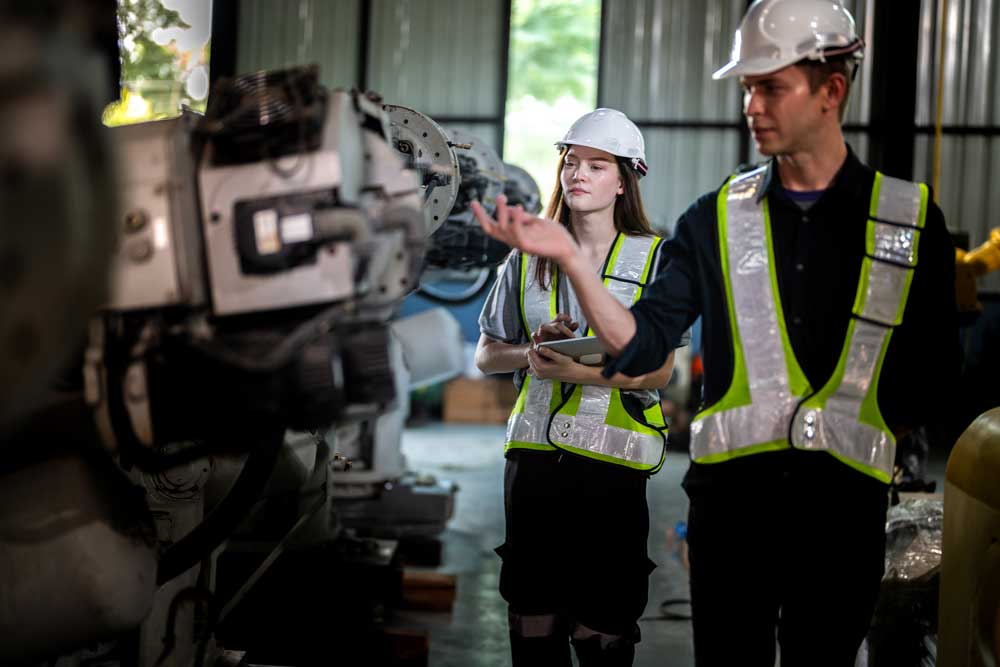Introduction
Building Information Modelling (BIM) has emerged as a transformative tool in the construction industry, enhancing efficiency and collaboration across project lifecycles. As a digital representation of physical and functional characteristics of a project, BIM facilitates improved decision-making and resource management. This report explores the overarching benefits of BIM, with a specific focus on its impact on the tender process—a critical phase in construction projects where accuracy and clarity are paramount. By integrating multi-dimensional data, BIM supports stakeholders in achieving better cost estimations, risk mitigation, and project visualisation. This essay aims to analyse these advantages, supported by credible academic and professional sources, to underscore BIM’s relevance in modern construction practice, particularly for undergraduate students exploring innovative industry methodologies.
General Benefits of BIM in Construction
BIM offers a range of benefits that revolutionise construction processes. Primarily, it enhances collaboration among stakeholders—architects, engineers, and contractors—through a shared digital platform, reducing misunderstandings and errors (Eastman et al., 2011). Furthermore, BIM enables clash detection, identifying conflicts in design before construction begins, thereby saving time and costs (Whyte, 2019). Another key advantage is its capacity for lifecycle management; BIM models provide data for not just design and construction but also maintenance, ensuring long-term efficiency (Succar, 2009). Indeed, the technology’s ability to integrate cost, schedule, and sustainability data fosters informed decision-making, positioning BIM as a cornerstone of contemporary construction practice.
BIM in the Tender Process: A Detailed Analysis
The tender process, where contractors bid for projects, benefits significantly from BIM adoption. Firstly, BIM improves accuracy in cost estimation by providing detailed quantity take-offs directly from the model, minimising discrepancies in bids (Azhar et al., 2012). This precision helps clients evaluate tenders more effectively, ensuring value for money. Secondly, BIM enhances transparency; the visual and data-rich nature of models allows contractors to clearly communicate project scope and intent to clients, reducing ambiguity during tender evaluations (Hardin and McCool, 2015). Moreover, BIM facilitates risk identification at the tender stage, enabling contractors to address potential issues proactively, which arguably strengthens bid competitiveness (Bryde et al., 2013). Typically, this leads to fewer disputes post-award, as expectations are aligned early on. However, limitations exist—such as the initial investment in BIM software and training—which may deter smaller firms during tender preparation (Merschbrock and Munkvold, 2015). Despite this, the overall impact of BIM on tendering is overwhelmingly positive, fostering efficiency and trust among project parties.
Conclusion
In summary, BIM offers substantial benefits to the construction industry by enhancing collaboration, accuracy, and lifecycle management. Specifically, in the tender process, it ensures precise cost estimations, transparency, and risk mitigation, thereby improving bid quality and client satisfaction. While challenges like cost barriers persist, the advantages arguably outweigh such limitations, making BIM an indispensable tool. For construction students and professionals, understanding BIM’s application in tendering highlights its potential to drive industry innovation. Future adoption and training will likely further embed BIM into standard practice, shaping more efficient project procurement processes.
References
- Azhar, S., Hein, M., and Sketo, B. (2012) Building Information Modeling (BIM): Benefits, Risks and Challenges. International Journal of Construction Education and Research, 8(3), pp. 241-252.
- Bryde, D., Broquetas, M., and Volm, J.M. (2013) The project benefits of Building Information Modelling (BIM). International Journal of Project Management, 31(7), pp. 971-980.
- Eastman, C., Teicholz, P., Sacks, R., and Liston, K. (2011) BIM Handbook: A Guide to Building Information Modeling for Owners, Managers, Designers, Engineers and Contractors. 2nd ed. Wiley.
- Hardin, B. and McCool, D. (2015) BIM and Construction Management: Proven Tools, Methods, and Workflows. 2nd ed. Sybex.
- Merschbrock, C. and Munkvold, B.E. (2015) Effective digital collaboration in the construction industry – A case study of BIM deployment in a hospital construction project. Computers in Industry, 73, pp. 1-7.
- Succar, B. (2009) Building information modelling framework: A research and delivery foundation for industry stakeholders. Automation in Construction, 18(3), pp. 357-375.
- Whyte, J.K. (2019) How digital information transforms project delivery models. International Journal of Project Management, 37(2), pp. 239-251.


